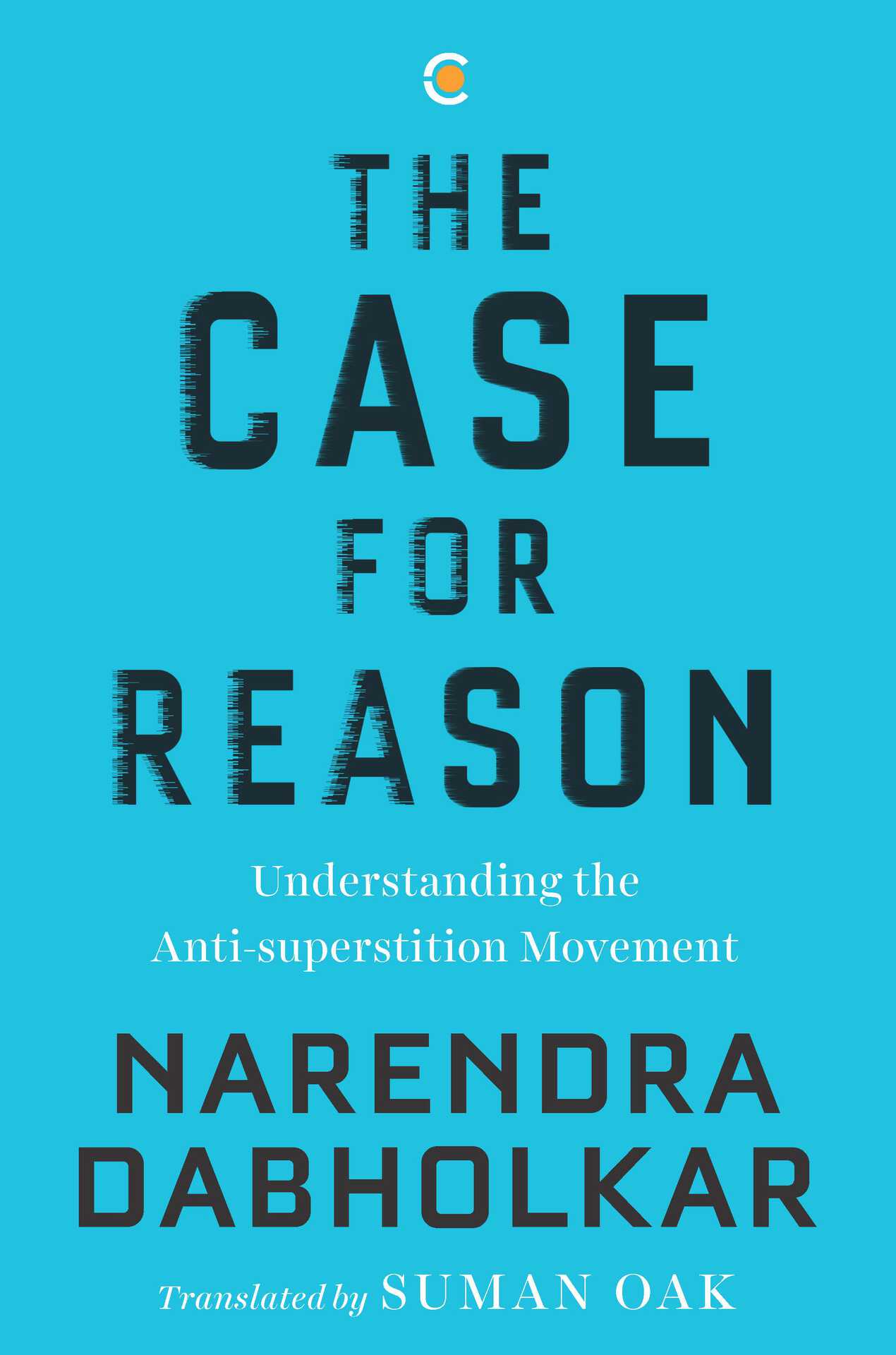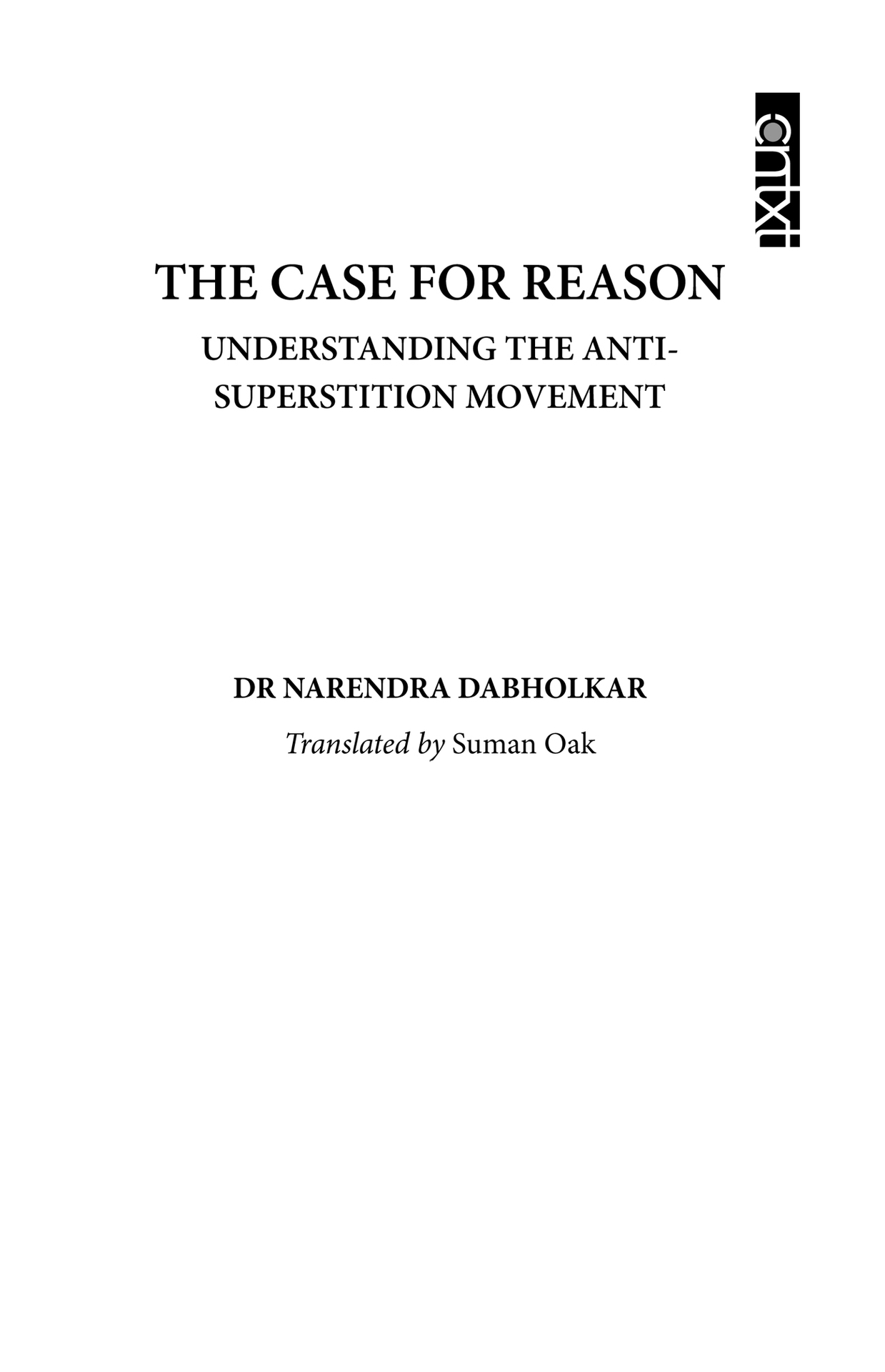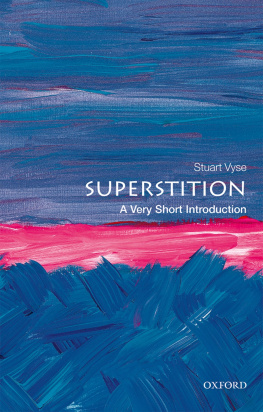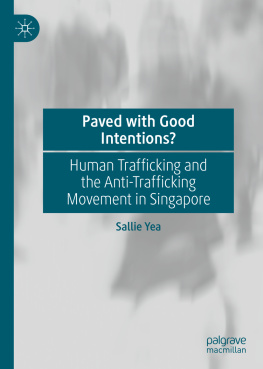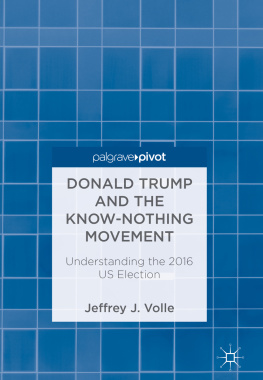First published in Marathi as Timiratuni Tejakade by Rajhans Prakashan in 2010
Published in English in 2018 by Context, an imprint of Westland Publications Private Limited
61, 2nd Floor, Silverline Building, Alapakkam Main Road, Maduravoyal, Chennai 600095
Context, the Context logo, Westland and the Westland logo, are the trademarks of Westland Publications Private Limited, or its affiliates.
Copyright Shaila Dabholkar, 2018
Translation Copyright Suman Oak, 2018
ISBN: 9789387894143
The views and opinions expressed in this work are the authors own and the facts are as reported by him, and the publisher is in no way liable for the same.
All rights reserved
No part of this book may be reproduced, or stored in a retrieval system, or transmitted in any form or by any means, electronic, mechanical, photocopying, recording, or otherwise, without express written permission of the publisher.
I have authored about a dozen books on different aspects of the Andhashraddha Nirmoolan Samitis (ANiS, or the Committee for the Eradication of Superstition) movement. It is gratifying that each book has gone into several editions. I have also written about it in the newspapers and given thousands of speeches on the subject. All in all, I have been speaking and working to eradicate superstition and to engender a scientific outlook and propagate rationalism for the last twenty-five years. Yet I felt obliged to write this book. I must explain why.
For one, my own comprehension of the subject has now matured. Besides, I also realise that an orderly exposition on superstition and rationalism has not so far been attempted by my predecessors. Many social reformers have written on specific aspects of the movement, which were more often than not topical and related to issues of their time. I did attempt an organised, logical exposition earlier, but when I look at it today, it seems quite inadequate. The movement for the eradication of superstition has many dimensions. And in all humility, I think that no other movement is as multidimensional and multifaceted as the Maharashtrian campaign.
The book is divided into two parts. The first part pertains to the theoretical basis of the movement. It is meant to be thought-provoking, and deals with various aspects of the Andhashraddha Nirmoolan (eradication of superstition). The issue often raisedDoes ANiS confine itself to eradicating the superstitions of Hindu society alone?is also discussed.
The second part is about some of ANiSs vigorous struggles. It is an account of the actual work done in relation to the theoretical reasoning that is discussed in the first part. Only a few examples and anecdotes have been discussed here owing to limitations of space. Also, in this part of the book, I have largely confined myself to issues that I was directly involved in. This list is fairly exhaustive too, so I have chosen one or two incidents from each area of work. But when read together with the theoretical section, I hope that they will give the reader an idea of the movements vastness.
Three specific issues handled by ANiS will, I hope, also enable the reader to understand the many aspects of the problem too:
1) The process of exposing the miracle claimed to be performed in the temple of the so-called jagrit deity (a deity in the full exercise of its divinity) in the Sindhudurg district;
2) Confronting the godman Narendra Maharaj in his own monastery at Nanij in Ratnagiri district, Maharashtra, and exposing all his miracles through a blunt one-on-one debate;
3) How the fraudulent story of Ganesh idols drinking milk all over the country and even abroad was exposed.
Then there is a letter written to the then chief minister of Maharashtra, Shri Vilasrao Deshmukh, a Sathya Sai Baba devotee, informing him why I did not wish to accept the Award for the Best Publisher from him.
In this part, there are also stories of two types of mental illness which we encountered in the course of our work. One is called bhanamati or causing nuisance. The chapter A Case of Bhanamati Resolved is an interesting and revelatory tale. The second typefatalismis even more dangerous, and so, to fight it, a programme called Incineration of Fatalism was arranged. Here, ANiS workers set their own horoscopes on fire. A movement conducted to oppose the introduction of astrology as a subject of study in the curriculum at the university level is discussed in this part. Similarly there is an account of how ANiS exposed the new fad called vastushastra.
A critique of religion is the real test of the efficacy of a movement like ANiS. At Shani Shinganapur, a village in Maharashtra where devotees flock to the temple of Shani, the Hindu god associated with the planet Saturn, women are not allowed to climb the platform where the deity is positioned even today. Of late, the managing committee of the Devasthan is chaired by a woman who continues the ban. When ANiS sat in satyagraha against this ban on women, there was a huge commotion. This reaction is a glimpse into how sensitive the field where ANiS works is.
Rationalists argue endlessly about the existence of god. Some maintain that the eradication of superstitions is not possible unless the concept of god is refuted. ANiS takes a different stand on this matter. Lively debates on awakening the faculty of discernment, or vivek jagarare often held, and are an important part of the ANiSs action plan. This strategy has two more dimensions. There are a few organisations that actively work to obstruct ANiSs work. The Sanatan Bharateeya Sanstha has launched fourteen personal lawsuits against me. There are other organisations that call themselves friends of the movement at a conceptual level, and accuse it of not criticising brahminical rites and rituals or brahmin godmen, just because I am brahmin by birth. They make the accusation that ANiSs work is in fact a part of a brahminical plot to deceive gullible common people. This is an accusation that has been made time and again. I present, therefore, how we convert our theoretical position into positive action, and how the whole organisation is involved in evaluating this decision. The structure of the Maharashtra ANiS is peculiar in many ways, which the essay, The Source of All This takes note of.
For this book, I am indebted to many writers. Some of the major writers from whom I have benefited are Tarkateerh Lakshman Shastri Joshi, G.B. Saradar, M.P. Rege, D.K. Bedekar, D.D. Bandiste, Subodh Javadekar, S.M. Garge, A.H. Salunkhye, Raosaheb Kasbe and Yashvant Suman. There are many others who have not been mentionedI am indebted and grateful to all of them. Any shortcomings or flaws that remain are mine.
I end this prologue with a short note on the present status of the movement. When the movement was initiated, its work was looked upon as an activity against buvabaji (the activities of godmen), ghosts, bhanamati, sorcery and other such practices. This struggle, although complementary to the Reform Movement, was still only a minor action item. During the last twenty years, however, ANiS has progressed through the several stages of action: the eradication of superstition, scientific way of thinking, scientific outlook, critique of religion, secularism and rationalism. Even as we discuss rationalism, we are keenly aware of two important concerns. Firstly, ANiS respects those who want to be moral with the help of god and religion. ANiS, however, wants to maintain its moral rectitude solely by depending on its own conscience. Secondly, ANiS believes that it is necessary to intervene effectively but peacefully and democratically in the social life of people by enhancing their reasoning capacity; we ought to create a world better than the one we have today. This is utterly necessary and also achievable. This is the mission of the rationalist movements of the day.

